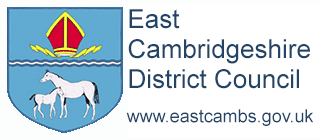Consider having a specialist member of staff who has expertise in responding to bullying and some technical expertise in Internet and mobile phone use. This could be the person who is your anti-bullying co-ordinator or safeguarding lead. This person should develop an action plan to cover the following:
- Ensuring that you have good measures in place to promote the e-safety of children, young people and staff will also protect them from cyberbullying.
- Raising awareness with students by regular assemblies that highlight what cyberbullying is, its impact, consequences for those who bully and those who are bullied. For older young people, this should include information about the implications of sexting and the possible consequences for those who send or receive indecent images of young people under 18.
- Curriculum content that reinforces these messages and allows further exploration of the issues.
- Clear policy which has been developed involving all stakeholders (young people, adults, parents/carers) that defines cyberbullying, explains what behaviour is unacceptable and makes it clear how to report it.
- Detailed advice on how to respond if you think you have been cyberbullied or know someone else who has.
- Anti-bullying policy links to behaviour policy and ICT policies and procedures.
- Good systems for reporting that are understood by young people, all staff and parents/carers.
- Student friendly and parent friendly leaflets ideally developed by students.
- Raising awareness with staff in terms of how to respond and support young people and also how to protect themselves from potential cyberbullying.
- Promoting the safer Internet helpline for staff.

